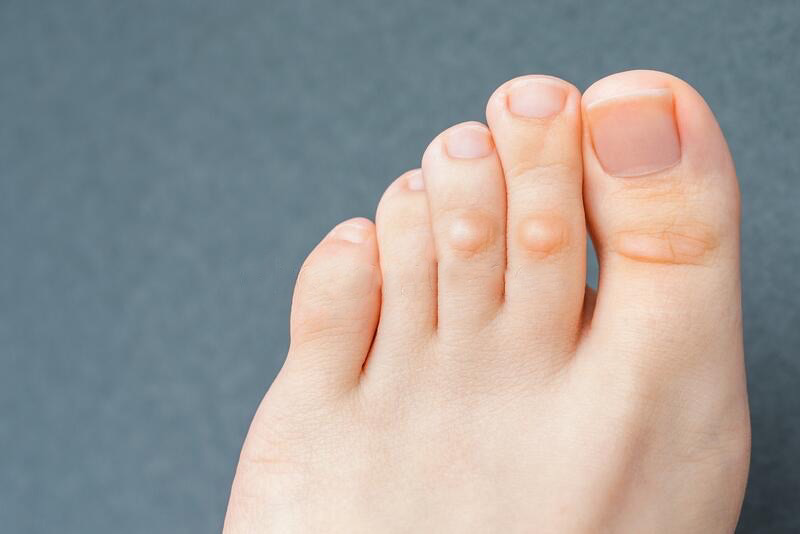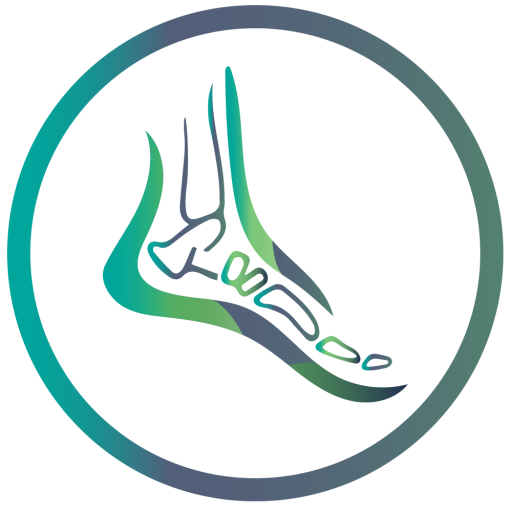14 Jun Is this a corn? How to get rid of it
Is this a corn? How to get rid of it

OUR FEET ARE ONE OF THE MOST IMPORTANT PARTS OF OUR BODY
Our feet are one of the most important parts of the body and often most neglected one. Have you ever thought about the important role your feet play in your daily life? If you are inhibited from walking correctly because of pain, your quality of life can be dramatically affected.
IS THIS A CORN?
Corns or heloma durum, molle are deep, well defined hyperkeratotic lesions with a central keratin core. There are often callus, or diffuse thick skin patches surrounding the corn. These are often as a result of localised high pressure from standing, walking or footwear and frictional forces. Does it sound like what you have?
DOES IT HURT?
Not all corns hurt however the corns can become very painful and inflamed as they
develop into a hard plug and pushes deep into your skin. They tend to form in areas of high pressure i.e. balls of your foot and on top of bony prominences i.e. hammer/mallet toe joints, or in between your toes (4 th and 5 th toes especially).
IS IT HARD?
If the corn is hard it’s a Heloma durum most likeky. As we age, digital deformities may start to develop, and the change in shape and position of our toes can result in abnormal frictional and rubbings on the skin resulting in the epidermal growth.
IS IT SOFT?
If the corn is soft it might be a Heloma molle. This usually happens between the toes as a result of excessive sweat of moisture. They can be due to the toes moving and rubbing against one another, tight footwear or tailor’s bunion and other digital deformities.
WHAT NOT TO MISTAKE CORNS WITH
Other health concerns or serious pathologies that can present isn similar appereances as corns.
- Plantar warts
- Pitted keratolysis
- Solar keratosis
- Skin malignancies such as melanoma, carcinoma
- Viral lesions
- Diabetic foot ulcers
- Heel fissures
ARE YOU DIABETIC?
Diabetes can cause nerve damage and decrease sensations in the foot. This may lead to excessive callus and corn growth to protect areas of pressure. It can also hide diabetic foot ulcers and infections in the foot.
Self-treating corns and calluses at home with a file, pumice stone, corn pads, liquids or skin dissolving agents are not recommended for diabetics, due to higher risk of infections and poorer ability to heal. These over the counter treatments can burn and damage normal healthy surrounding skin and cause a deep wound.
PREVENTION BETTER THAN CURE
How to prevent corns?
- Good supportive shoes with a high and wide enough toe box
- Stop walking bare feet or in thongs as these can cause excessive friction and skin growth
- Keep your foot and spaces in between your toes dry
- Good foot hygiene especially between your toes, air dry after shower
- Wash your socks and inner soles regularly
- Moisturise your feet daily especially around the heels
- Do not let your toenails grow too long, regular trims can prevent nail edges cutting into the skin
- Stay away from cutting, filing, or over the counter corn treatments if you are diabetic, on blood thinning medications or have poor vision
- Regular podiatry and foot check appointments can keep your overall foot health in check
DO CORNS GO AWAY?
Unfortunately corns can be persistent despite regular treatments. They can continue to regrow if the underlying cause is yet to be diagnosed. Addressing the underlying cause requires a consultation with our podiatrist for assessment.
DO CORNS GO AWAY?
Unfortunately corns can be persistent despite regular treatments. They can continue to regrow if the underlying cause is yet to be diagnosed. Addressing the underlying cause requires a consultation with our podiatrist for assessment.
CORN TREATMENT CLAREMONT PODIATRY
At Claremont Oodiatry our podiatrists can manage corns conservatively by sharp debridement via a blade. This is able to provide immediate pain relief and prevent other complications from arising. Toe props, sleeves and other paddings such as Otoform devices, silicon or felt are also to protect and slow the rate of corn regrowth. We are also able to design functional or soft accommodative insoles to redistribute pressure away from areas of bony prominences and skin growth and potentially prevent corn regrowth. Surgical options such as hammer toe reductions are also to be considered if the corn is persistent despite conservative treatment.
For those who live in Claremont or Oatlands, Tasmania, come and see our team of podiatrists. For bookings fill the form in our contact page or call us at (03) 6249 1155 .



No Comments